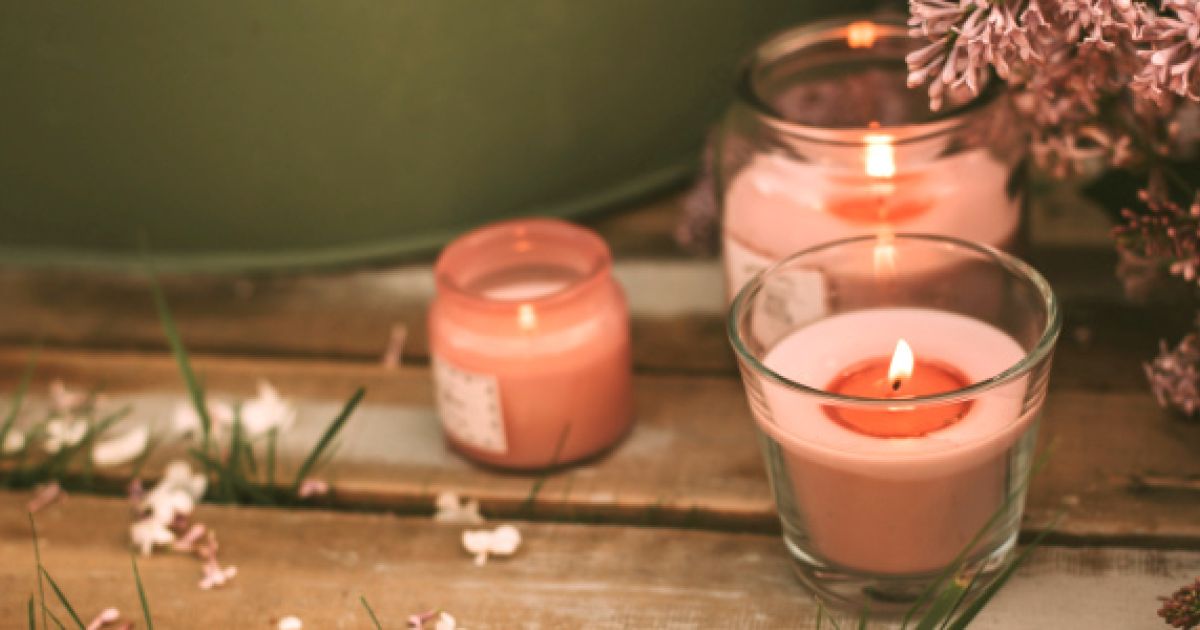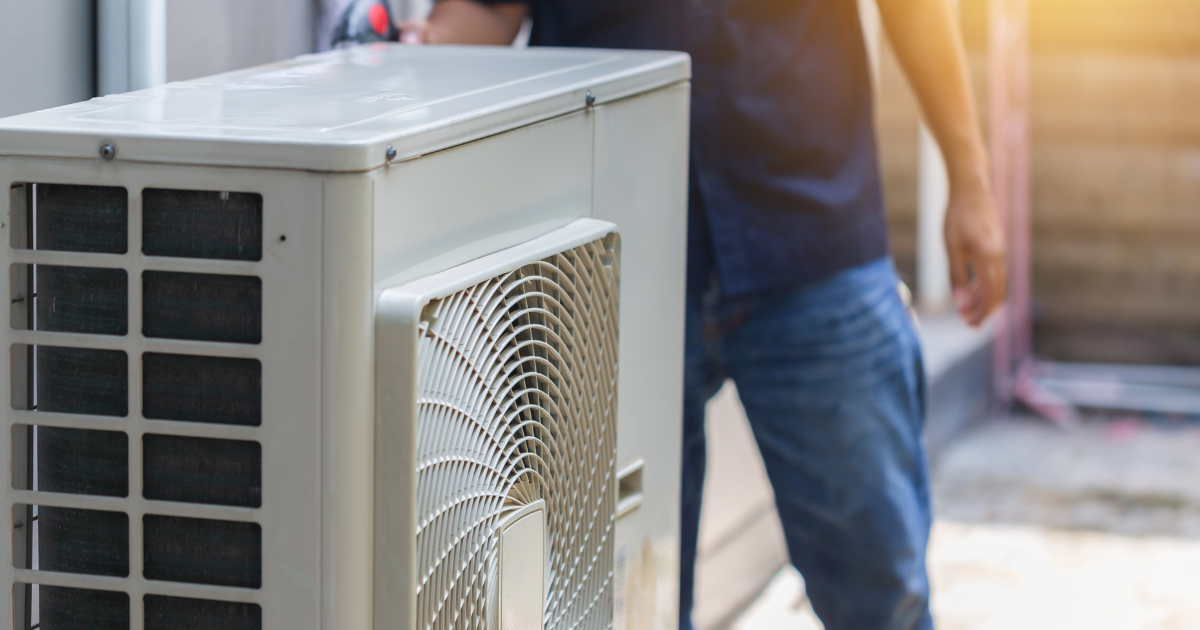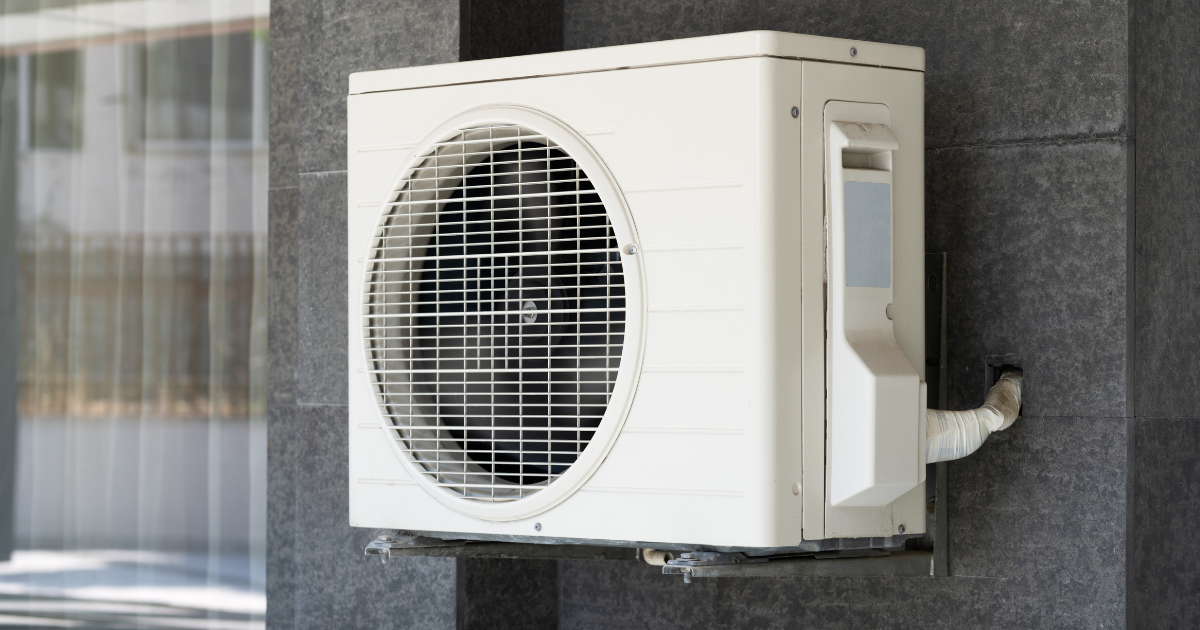At Bob Jenson, we’re always on the lookout for ways to improve indoor air quality and the sneaky things that can reduce the air quality within our home. We’ve recommended natural air fresheners before, but we also realize that many households burn and use candles on a regular basis.
Some people enjoy the ambiance and soft glow of candlelight, while others love the variety of scents available on the market today. However you decide to use or burn candles, it’s important to consider the effects on indoor air quality that may be difficult to detect with the naked eye.
How Candles are Produced
The different production methods for candles contribute greatly to their possible negative effects on indoor air quality. Many consumer candles are made with paraffin wax, which is a petroleum waste product that must be “deodorized and chemically bleached” before it becomes wax.
The problem with this process is that when paraffin burns, it releases toxins similar to those found in burning diesel fuel. Not exactly what you want in your home! Some candle wicks are also produced using lead, which has a detrimental effect as the candle continues to burn over time.
Harmful Effects
There are many potential side effects that come with using candles. If you love candles, you don’t have to panic or take drastic action—but you should remain educated on the ways that candles can affect the quality of the air you and your family breathe on a daily basis.
Toxic Fumes
As noted above, paraffin wax candles produce certain toxins known as carcinogens. Carcinogenic substances carry a potential risk for developing diseases like cancer and should thus be reduced or controlled whenever possible. Candles may give off known carcinogens like toluene, acetone, and benzene, which have been documented to cause or worsen asthma and skin conditions.
Along the same lines, the scents produced by candles are pleasant but artificial. Since they are created through synthetic chemical processes, burning them can produce harmful organic compounds known as Volatile Organic Compounds, or VOCs. Many underlying respiratory conditions can stem from VOC sources in the home.
Cored Wicks
Some candle producers use metal materials to keep wicks upright while burning. Although practical, these metal centers often contain hidden sources of lead. When burned, this creates the risk for lead poisoning, particularly in homes with small children. Any candle that contains wicks with wire or metal centers should be replaced immediately.
Soot and Ash
Soot is a black smoke that may create stains on walls, fabrics, and clothing. This substance occurs when candles don’t burn completely, which happens more often with cheaply made candles. Although air particles from soot and ash are microscopic, they can still enter an individual’s lungs and respiratory system, creating various health problems down the road.
Best Practices for Burning
Most of us don’t think twice before lighting a favorite candle, but did you know that there are right and wrong ways to enjoy them? Carefully consider where and for how long you leave candles burning. Many candles provide recommendations on the packaging as to how many hours you should burn them at one time.
Paying attention to best practices when you burn candles is good for both air and fire safety. Burn candles in areas of your home that are well-ventilated and open and place lit candles away from drafty spots, since doing so can cut down on the amount of pollution carried through the air.
Better Alternatives
If you simply love to burn candles in your home and don’t want to swear off them entirely, there are a few alternatives that can help minimize or eliminate the risks involved.
- Purchase candles that are made from soy or beeswax, as opposed to cheaper materials like paraffin wax. The slightly higher price-tag is worth the reduced health risk!
- Choose candles that contain only one wick, and ensure that it is cut down to the appropriate size. Wicks should be trimmed to ¼ of an inch before burning.
- Make the switch to essential oils in a diffuser instead of burning candles. This creates a similar aroma without the same risks to air quality.
Evaluate Your Air Quality
The air quality in your home is not something that you can or should take lightly. Consider the long-term effects of anything you bring into your home, and make sure to stay up to date on best practices and health risks or benefits.
If you’d like an evaluation of your home’s indoor air quality, contact Bob Jenson Air Conditioning and Heating for an assessment or for other HVAC services.

Bob Jenson
For over 45 years, Bob Jenson has been providing quality heating and air services to the San Diego community.
Request Service
Please fill out the form below to request an estimate or schedule service.
"*" indicates required fields







